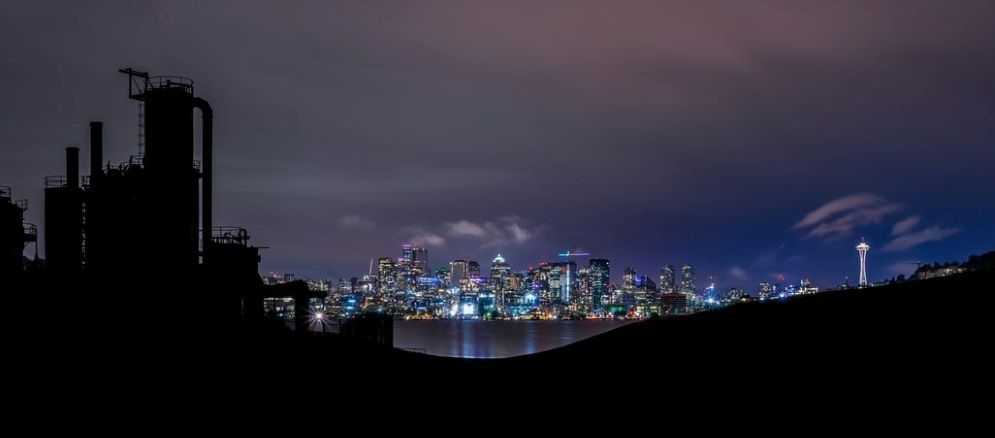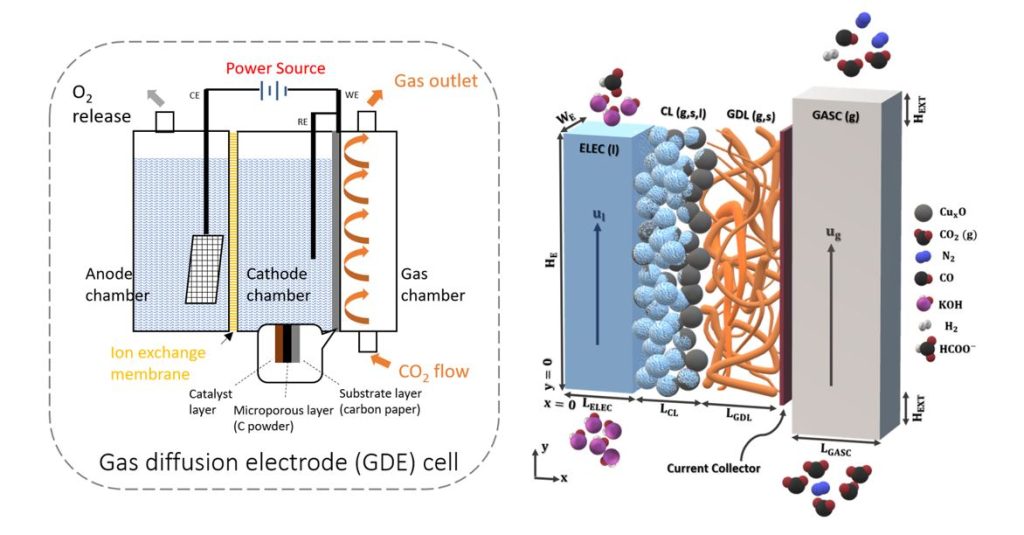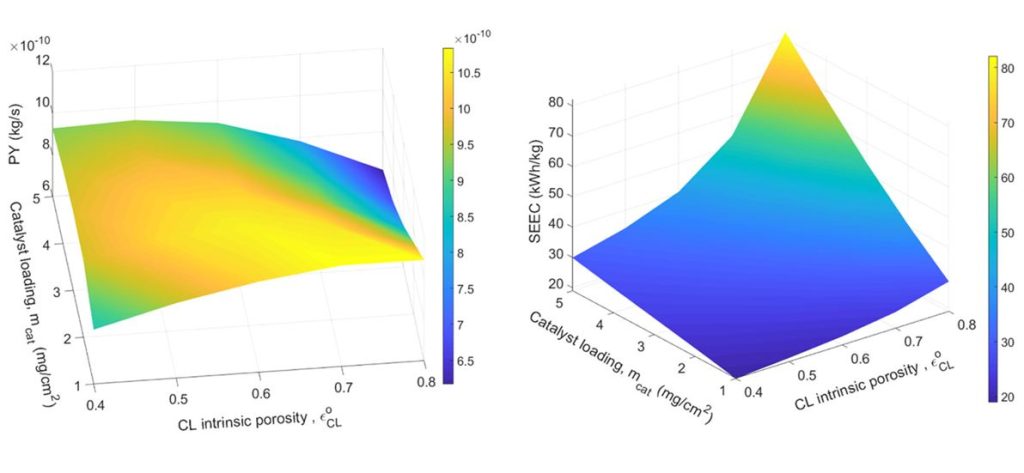Circular Economy and Me – Issue 3

Release The Potential Of Digital Tools
Numerical optimisation of gas diffusion electrode (GDE) for electrochemical CO2 reduction by Lei Xing
Switching to a circular economy could reduce greenhouse gas emission by 39% and ease pressure on virgin materials by 28%, according to the Circularity Gap Report, which also indicates that 22.8 billion tons of carbon emission could be saved and help avoid climate breakdown. Carbon capture, utilisation and storage (CCUS) will play an important role in the circular economy transition because via CCUS we can capture the CO2 emissions from industrial sources or directly from the air, and convert them into various valuable chemical products, so as to close the carbon loop.
As one of the CCUS approach, electrochemical CO2 reduction reaction (eCO2RR) has attracted increasing attentions in recent years. In eCO2RR system, the use of gas diffusion electrode (GDE) transits the CO2 supply route from ‘purging into electrolyte’ to ‘diffusion from GDE’, thus significantly improving the mass transport of gaseous CO2 towards the active sites inside the GDE. However, the composition of GDE could be optimised to balance the rates of electrochemical reaction and mass transport, further improving the GDE performance and efficiency.

Developing multi-physics and multi-phase flow models for electrochemical system is my most important research field. When I was a post-doctoral researcher in University of Oxford, I have co-supervised a PhD student and work together with Prof. Aidong Yang in University of Oxford, Prof. Jin Xuan and Prof. Eileen Hao Yu in Loughborough University to develop a two-dimensional multiphase model to numerically analyse a GDE-based electrochemical system converting CO2 to formate as the target product. In this work, the catalyst loading and catalyst layer (CL) porosity were optimised to achieve the highest product yield (PY) and specific electrical energy consumption (SEEC).

Our ongoing work at the Centre is to update this model to time-dependent and taking account the dynamic water flooding inside the GDE and precipitation of chemical component owing to the pH variation. These two issues will greatly affect the effective porosity of the GDE then the eCO2RR performance. With the help of machine learning and AI, a digital twin of the GDE-based electrochemical CO2 reduction system will be developed.
Further reading: